On the 4th day we woke up and didn’t have to rush as we had to pickup a fourth friend from the airport.
We arrived to the airport to early and since there is no free parking we decided to wait near by. There was an aeronautics club/restaurant n\nearby with a big parking. So while waiting we were enjoying the view of the Atlantic ocean.
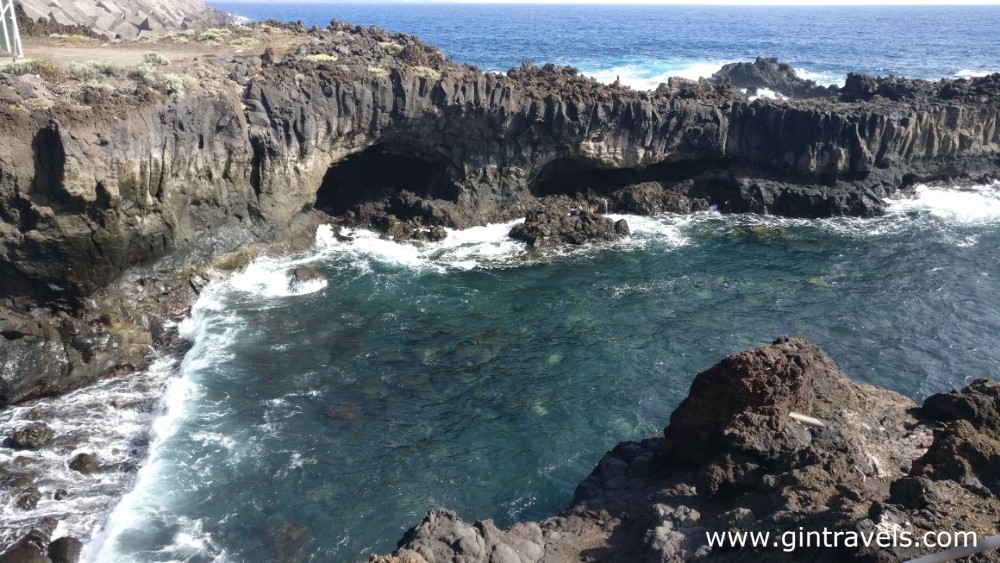


Once we picked him up, we stopped for a lunch in Santa Cruz at Italian restaurant called Picollo on calle Real.

This restaurant is the same as I remember it 6 years ago. People super chilled, not in a rush. Restaurant opens at 12am, but it took them 30min to set everything up. We patiently waited…
After stuffing our stomachs with pizza we headed on to El Roque de los Muchachos, where I used to do my internship for a year 6 years ago.
The road is steep and very curvy, have to be careful of falling stones and incoming cars. Also the asphalt is worn out in some places. Sometimes the road is very extreme when windy and a lot of pine tree spikes makes it very slippery (especially with some rain!) or equally bad when there is a fog and you can see 1-2 meters ahead only.

Once on the top, we stopped at couple places for pictures as the views were majestic.





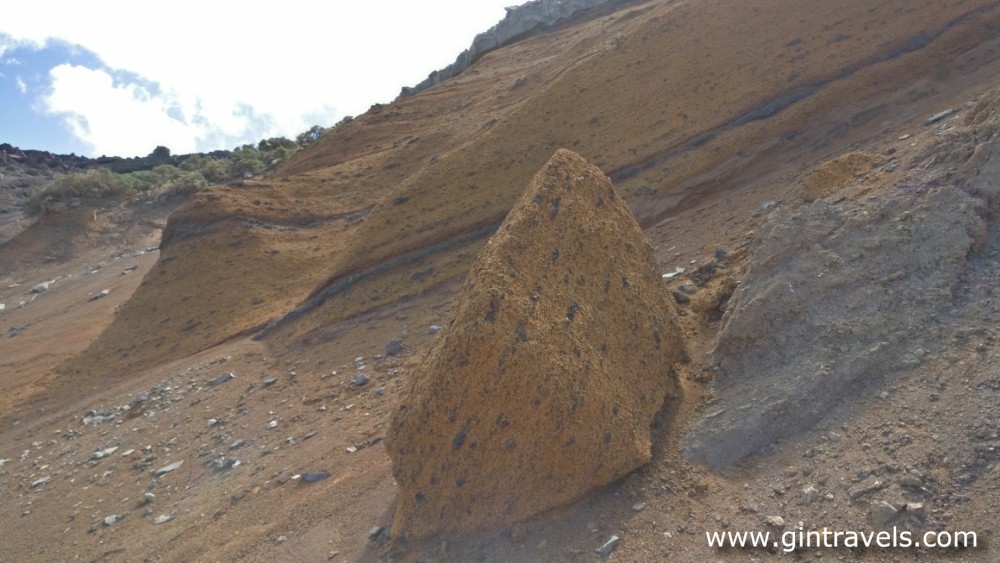
Later on we headed to the highest peak of the mountain to tale a look at La Caldera.

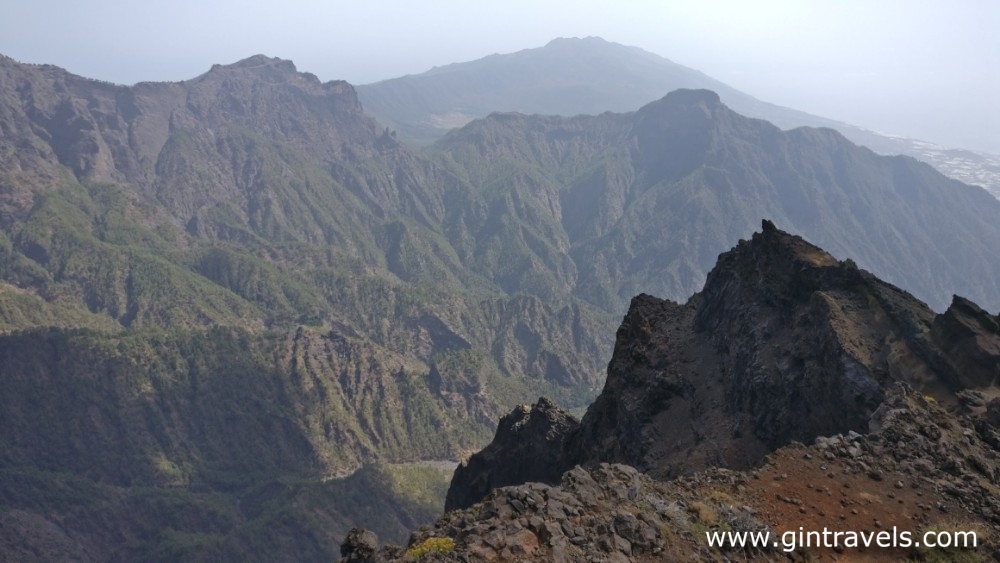
Some of my friends went on this path with flip flops. Well I would highly recommend hiking shoes or at least trainers. The rocks can be sharp and slippery.
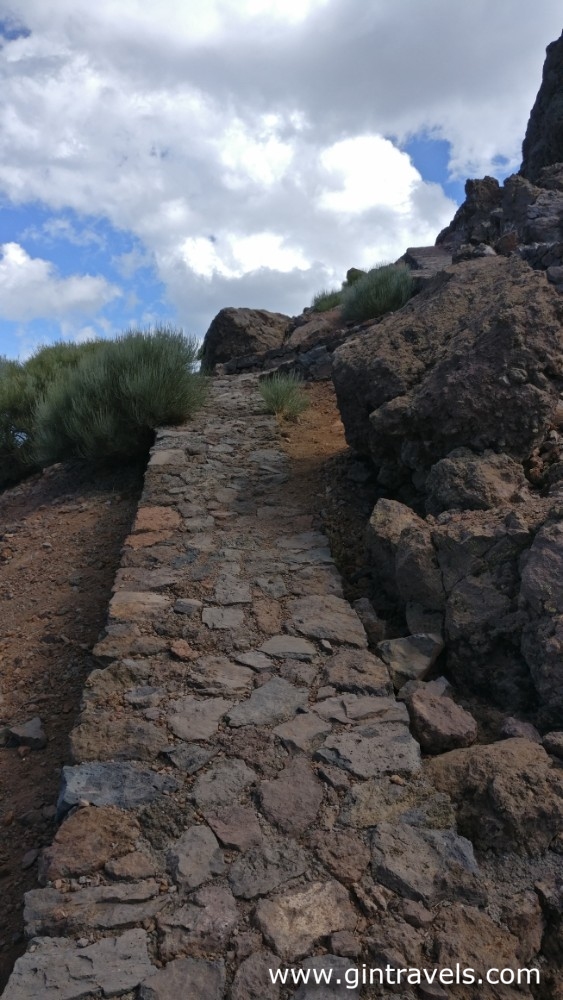

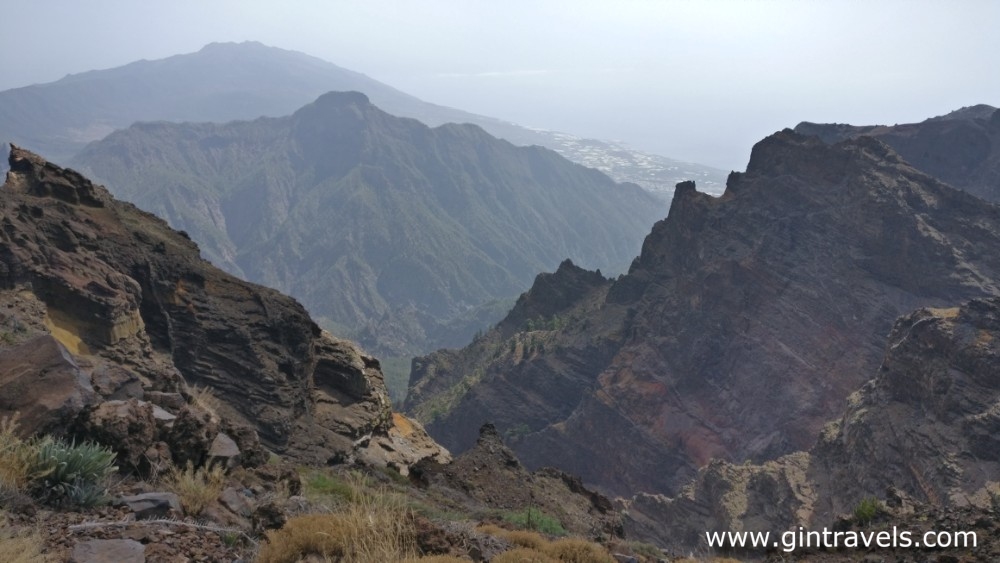
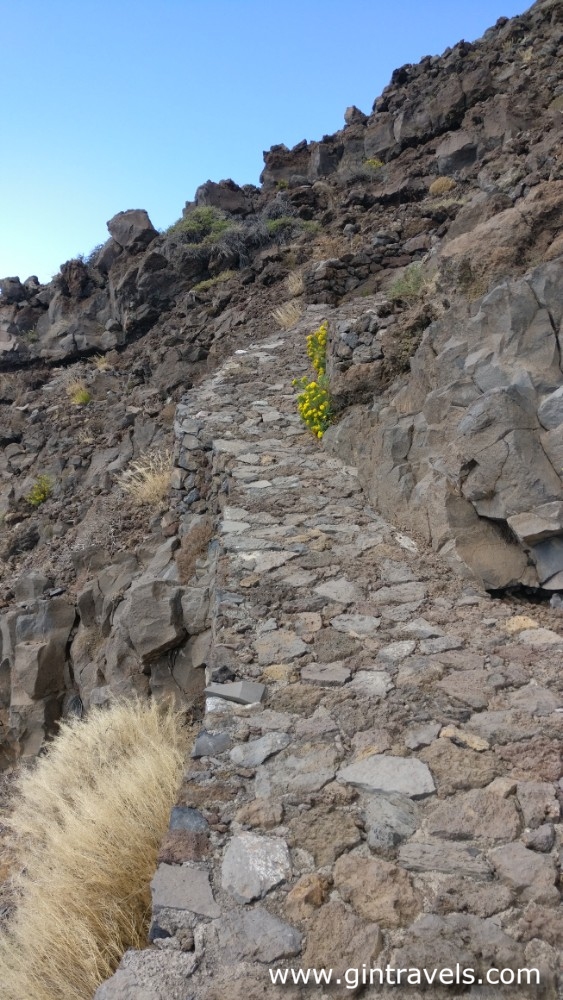
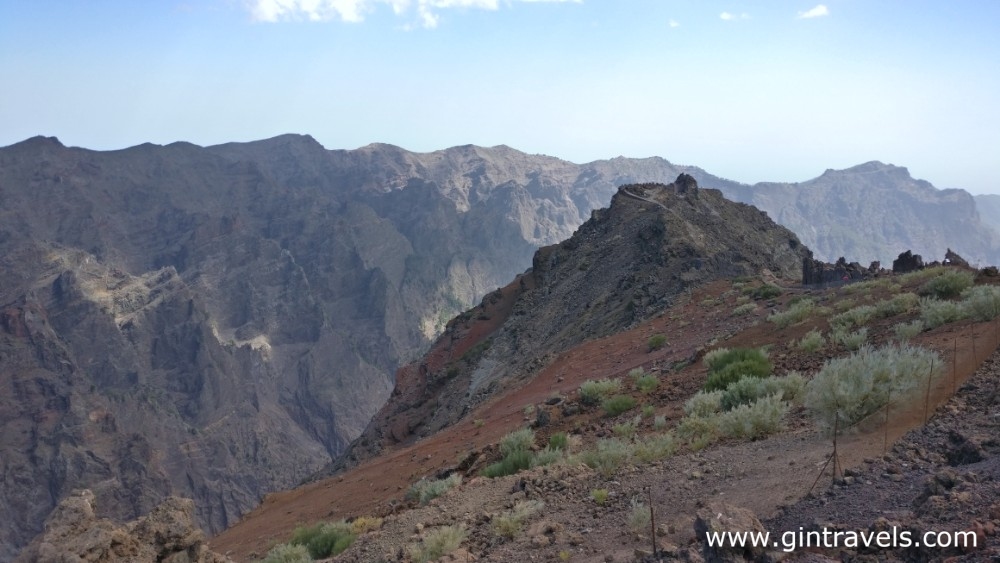
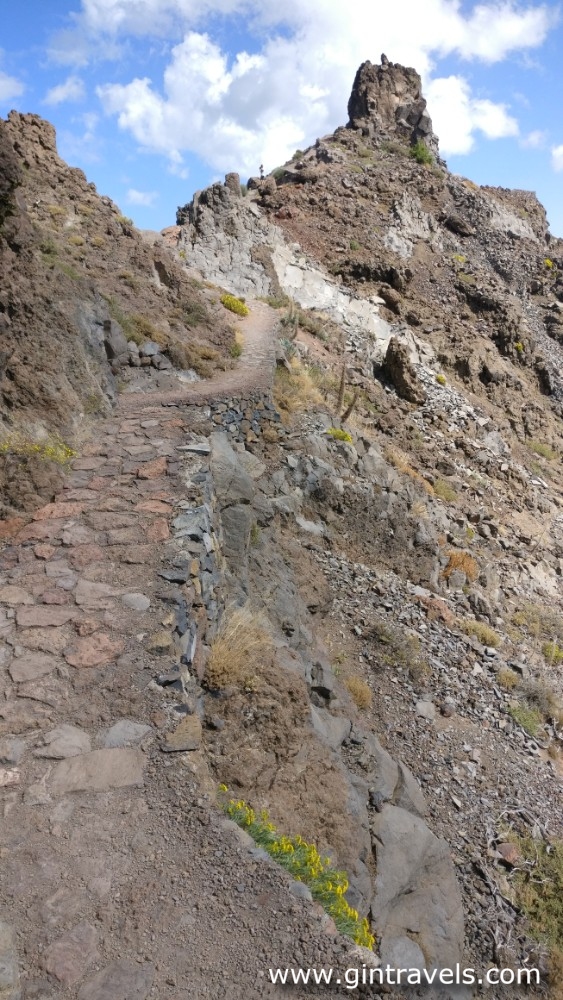



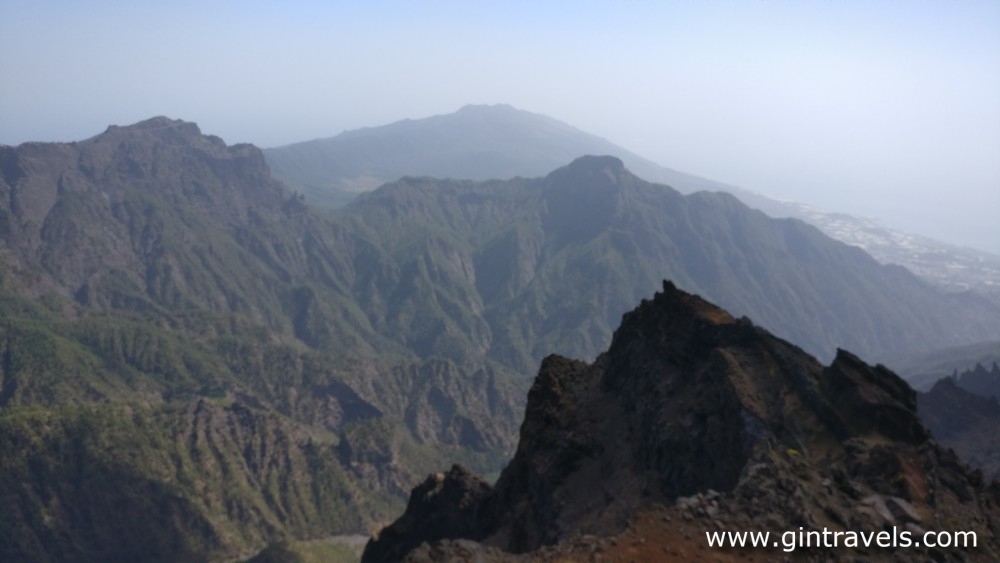


I went alone to the very end to get a better look at La Caldera. The views are stunning and we were lucky that were no clouds. Though sometimes it looks nicer with clouds.
Thanks to calima – Sáhara sand in the atmosphere, the weather all days was very warm and pretty sunny. Though quite often can’t see the horizon because of the dust.

On the right hand side the telescope where I used to work – Nordic Optical Telescope or NOT for short. Other telescopes can be seen in the horizon : Isaac Newton Telescope and etc.


At 5:00pm we had to be at GTC – Gran Telescopio de Canarias – biggest optical telescope in the world at the moment. I’ve managed to get a favor via my good friend who used to work at GTC, so we saved around 80€, as official guides are around 20€ per person and you need to book them in advance. We were lucky. We had a short movie intro to the telescope and local engineer explained us the complexity of telescope mirrors, building and mechanics. It was a pity that we just had a glimpse of a back of the Telescope as they just changed couple mirrors and couldn’t move it so we could see the magnificent reflective surface of it. Oh well, it was good enough to see it at all!
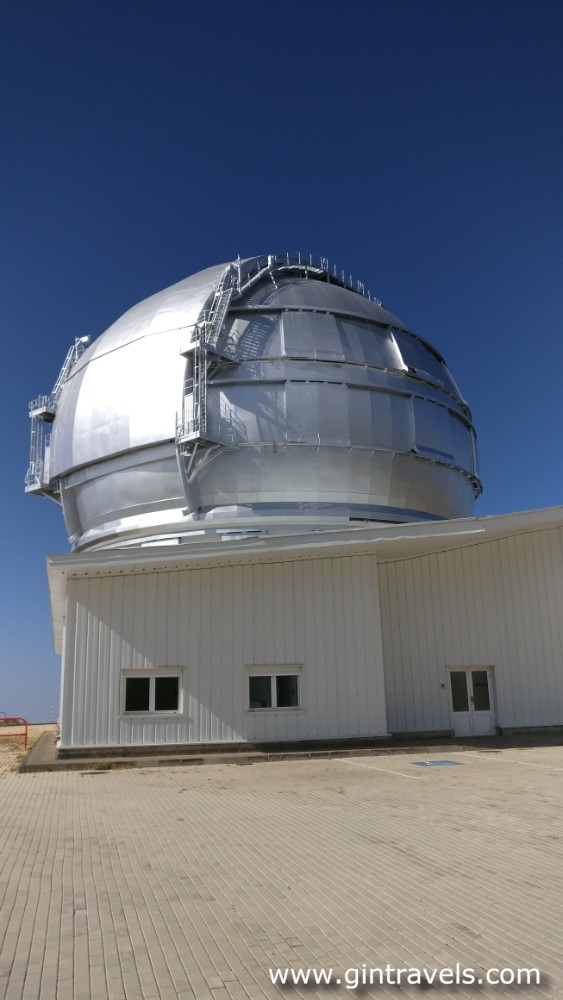
On our way down I was gazing at my Favourite gamma ray telescopes called Magic.

Isn’t it beautiful?
 It took awhile to drive back to apartment. Around 2 hours.
It took awhile to drive back to apartment. Around 2 hours.
We stopped at mirador de Time to take a look at Los Llanos and drank a coffee with Ice cream.


Everyone was so tired.
